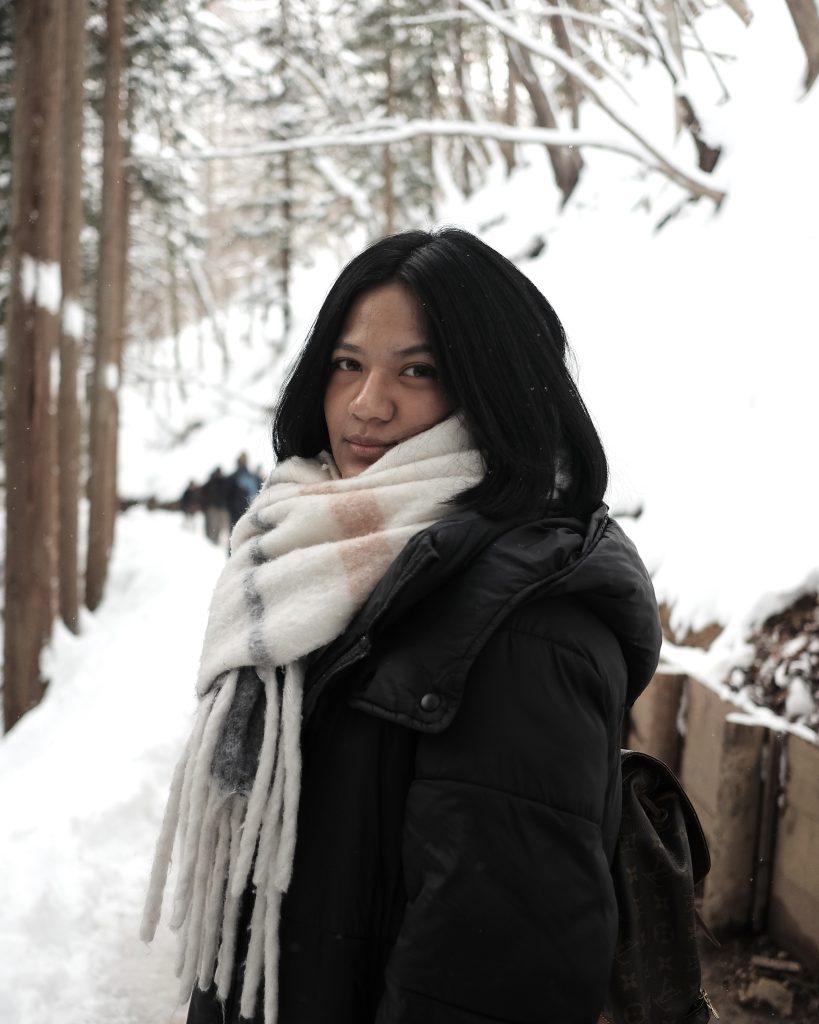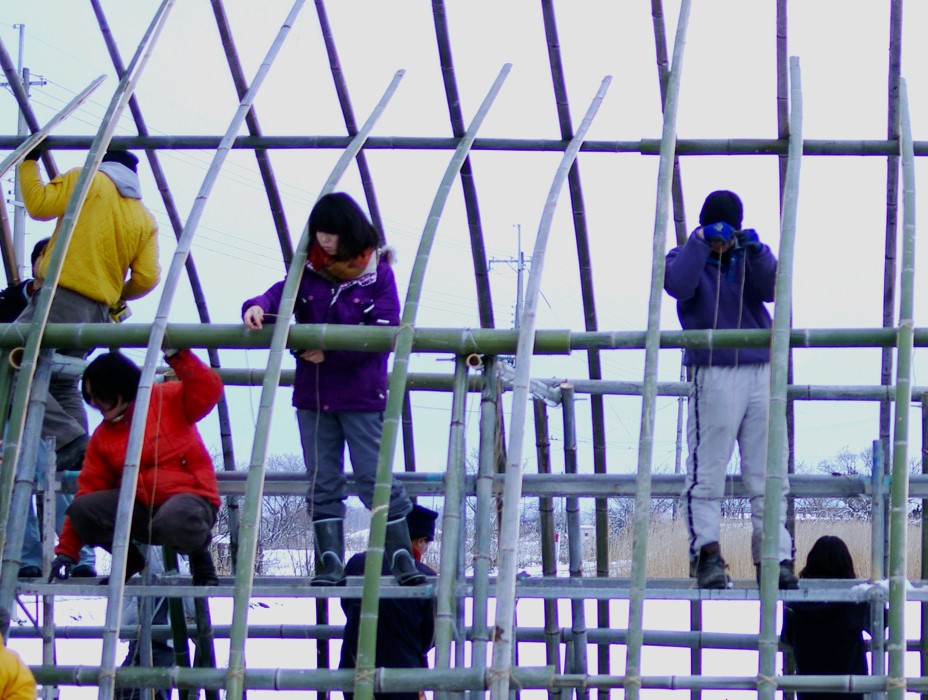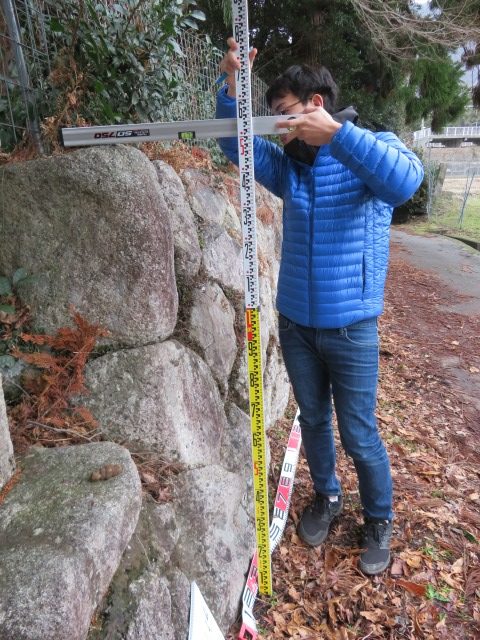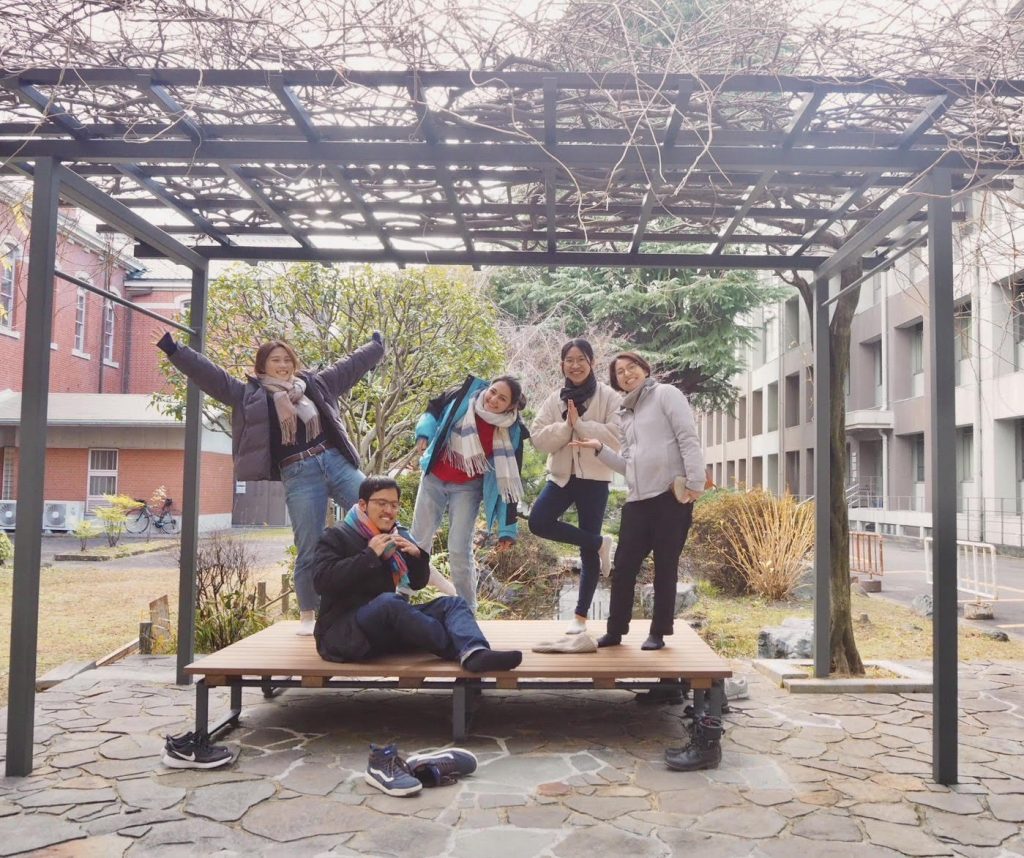Studying Architecture in Kyoto!
When I was looking for a lab to get in, as a Japanese student, I was surprised to know that the lab I wanted to join had half of the members from overseas. That’s because it was a big question for me how did International students find Kyoto University and what had attracted them to come here. Therefore, I decided to ask them about it and write a page so that there will be more students (in the future!), who knows what it would be like to study here!
In this page, I will introduce about KyotoU Architecture Class and the attraction I found from the interview for International students.
KyotoU Architecture Class

Department of Architecture Kyoto University, which we often call “Kyo-dai Kenchiku”, has about 80 students in each grade. We have 26 laboratories for many areas such as history, spatial planning, structural systems, environmental systems, disaster prevention and so on!
The university was established in 1897 as the second oldest University in Japan. The university is known for its academic-freedom-culture. We have a lot of alumnus working internationally in the fields of research and design.
In addition, I have some information about Kyoto. Kyoto is the ancient capital of Japan, which was in the position from 794 to 1869. These days, Kyoto is still a cultural core of Japan with a lot of old temples, shrines and other traditional arts and techniques.
Interview: What attracted you?
I interviewed International students about what attracted them and what they now think about studying at Kyoto University. Students are all in the Global Environmental Architecture Lab, which puts focuses on relationships between architecture and its surroundings such as regional resources, regional techniques, disasters and how locals live there.

An 
Haifan 
Lai 
Jayne 
Amanda
Interviewee: Qinglong An(Chinese, 1st grade Doctor program), Amanda Devina Sihombing(Indonesian, 2nd grade Master program), Yehong Lai (Chinese, 2nd grade Master program), Jayne Tereza Brito Santos (Brazilian, 1st grade Master program), Haifan Zheng (Chinese, 1st grade Master program)
Interviewer: MIYATA Hiroki (Japanese, 1st grade Master program)
MIYATA- [Q1]What had attracted you to come here? What do you think?
Jayne – I’m attracted by Kyoto itself. Especially, I like the life scenery around the Kamo River and a lot of interesting places. Also it is a big factor that Japan provides a good scholarship, which I think is the best scholarship around the world.
Lai – When I first thought of studying abroad, I found the Japanese culture is not really different from the Chinese culture, so maybe living here will be easier for me.
Japan is famous for its architecture, right? Not only architecture design, but a lot of traditional architecture here. I was really interested in the ancient architecture building. I wanted to travel around this traditional site and experience the festival in Japan. And, Kyoto University was also recommended by my friends for its atmosphere of freedom.
So that’s why I chose Japan and Kyoto as my master’s study area.
Amanda – Since I have my architecture background studies, people might think that usually they have two options when they want to continue to study architecture. Either you want to continue to master of architecture or you go directly to the design base. And that’s when I decided I wanted to kind of divert my focus from the design base to the research base.
And I know that Kyoto University is one of the top universities in Japan, and especially, it’s really the best one to facilitate the research base master studies.
I don’t say knowledge, but I don’t think we have specific facilitation for learning for disaster knowledge in Indonesia, especially in the university…
MIYATA – That’s why you came to this lab, right?
Amanda – Yes.
For the lab, I think most people would have the image or the idea that we’re doing maybe most of the design-based research. But, it’s really interesting that we actually do more interdisciplinary studies here. It’s a mixture of architecture and social issues at the same time, whether it’s disaster or political issues. It’s really interesting to have some social and cultural backgrounds to hear.

Kyoto Internatinal Conference Center 
Chion-in Temple 
Yasaka District 
Shijo Street
MIYATA – How about others? [Q2] Why did you choose this lab?
Jayne – Both the research project and the practical project attract me. I want to do the research on the vernacular architecture so I chose this lab at this university. It matches my interests.
An – I just want to study two things. One thing is how the Japanese protect the historical buildings. That’s the first strength of, I think, the local people have. And the second one is the disaster risk reduction. That’s the Japanese disaster knowledge.
I want to combine the two things in my study during the PhD period. So, I just searched about the scholars in KyotoU, who have similar research fields. I just found Ochiai Sensei.
MIYATA – Good! [Q3]Do you think there’s something in your background that has encouraged you to select this lab?
Lai – My home is Hakka and it’s a traditional Chinese house. I’m also doing my research on that.
As the city become modernized, decorations and looks of the traditional buidings have greatly changed. I was thinking how I can categorize these changes, whether there’s a way to organize it, whether they can get a help from the government… I was interested in these kinds of things.
Jayne – My undergraduate thesis was about emergency shelters. And now my research is related to house modifications to cope with flood.
Haifan – I think you are asking about our background. In my case, I think it’s similar like other Japanese students because I was graduated from Tongji University. It may be the biggest college of architecture in China.
MIYATA – So you did graduation design?
Haifan – My graduation design is renovation in an old town. It’s about how to renovate an old cinema and change it into a new community center.
The connection to vernacular architecture was in my practical works. I get in touch with some wooden structure house. I think I want to find the connection between the vernacular architecture and the new design.

Building Bamboo Green House 
Stone Culture Research 
Mori Project 
Research in Vietnam 
Model Study for Ongoing Project 
“Koza MORI” Renovation
MIYATA – [Q4] Do you think Kyoto University offers what you have expected?
Haifan – Yes, they do. I think Tongji focuses more on new things. They are focusing on figuring out the problem in the high-densed cities.
But in Kyoto, I find some, maybe some teachers, are finding some way to deal with some sustainable problems. How to correspond to nature, how to get along with historical areas, and how to find a balance between old and new, the city and the rural.
Jayne – In the view of environment, it is very good to concentrate. The lab is very clean. I have many appliances that I can use every time everywhere, the internet connection is very good, and the spaces that I can use like the seminar room or the design room are very good for me. So I think all this helped me to have a better study and develop my research very well.
To be honest, I thought that because I was going to study with Japanese people, maybe they were not friendly with me. But on the contrary, they are very kind and gentle to me.
MIYATA – Thanks a lot! In terms of human relationships, [Q5] what impression do you have of teachers?
An – First, I just want to talk about the characteristics of the lab. Teachers are always busy with the things, including academic researches and practical projects.
Once I saw Ochiai-Sensei’s schedule. There were so many things on the calendar and what was astonishing was that she could handle things all together at the time.
In person, when I first came to the lab, Kobayashi-Sensei told me to relax. Although I knew I wouldn’t be able to graduate on time if I kept relaxing(laugh), I was still grateful to my teacher for easing my anxiety when I first arrived in Japan and started my doctorial study.
Amanda – First of all, I want to say thank you to Ochiai-sensei, who is my supervisor. I am grateful in terms of she always guides me in exploring my ideas. So when I have these ideas or interests talking about my research, she knows when to stop. She knows when to explore more about my ideas. So in that case, we discuss in a really good way, at least for me.
My first impression of Mr. Kobayashi was really interesting. When we talk, he also reacts in an interesting way. It’s great to have that kind of conversation, but when I’m talking about my research or my interests, he gives me a very accurate and sharp opinion from an architectural point of view. He also has a lot of experience, so he can tell me things that I can’t think of, which helps me a lot.
MIYATA – I think Amanda’s comment grately expresses what personality teachers’ have. Thanks a lot for giving a talk.

Why don’t you come to KyotoU?!
As we have seen in the interview, I believe KyotoU is one of the best places to study; in terms of environment, lab, the history of the city, and so on. I hope you get some idea about what KyotoU Architecture is like!
Other than Global Environmental Architecture Lab, we also have many architecture laboratories in KyotoU with international students. For further information, the following website may help you!
▼English Official Website of Department of Architecture, Kyoto University
https://www.ar.t.kyoto-u.ac.jp/en/index.html?set_language=en
